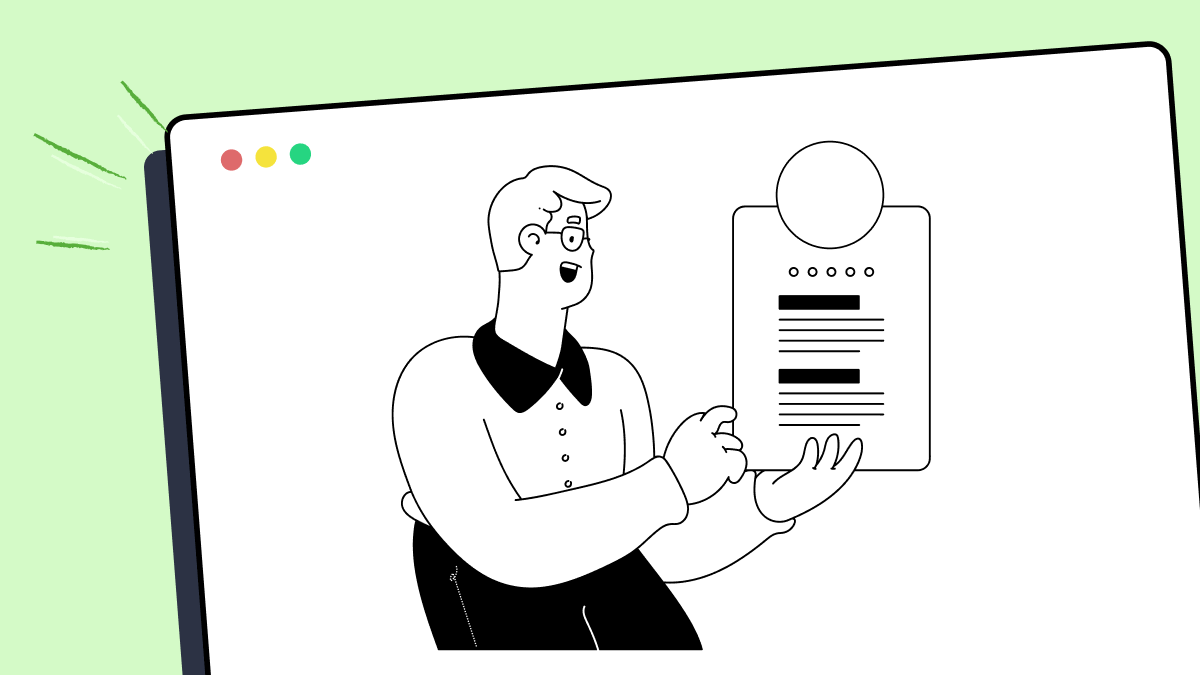How to use test_status_services method in localstack
Best Python code snippet using localstack_python
test_cli.py
Source: test_cli.py
...38 called.set()39 monkeypatch.setattr(bootstrap, "start_infra_locally", mock_call)40 runner.invoke(cli, ["start", "--host"])41 assert called.is_set()42def test_status_services(runner, httpserver, monkeypatch):43 monkeypatch.setattr(config, "EDGE_PORT_HTTP", httpserver.port)44 monkeypatch.setattr(config, "EDGE_PORT", httpserver.port)45 services = {"dynamodb": "starting", "s3": "running"}46 httpserver.expect_request("/health", method="GET").respond_with_json({"services": services})47 result = runner.invoke(cli, ["status", "services"])48 assert result.exit_code == 049 assert "dynamodb" in result.output50 assert "s3" in result.output51 for line in result.output.splitlines():52 if "dynamodb" in line:53 assert "starting" in line54 assert "running" not in line55 if "s3" in line:56 assert "running" in line...test_validation.py
Source: test_validation.py
...68 for test_value in [["fe001", True], ["fe_001_t", True], ["fe:001", False], ["fe-001-t", False], ["$clientid$", False],["", False], ["NULL!", False], [None, False]]:69 status["clientId"] = test_value[0]70 print(status)71 assert MQTTDeviceManager._status_is_valid(_self, status) == test_value[1], "Incorrect status.clientId value of {} should {}have passed validation".format(test_value[0], "" if test_value[1] else "NOT ") 72def test_status_services():73 assert MQTTDeviceManager._status_is_valid(_self, test_data["missing services"]) == False, "Missing status.services value should not have passed validation"74 assert MQTTDeviceManager._status_is_valid(_self, test_data["no service dictionary"]) == False, "status.services is not a dictionary and should not have passed validation"75 status = copy.deepcopy(test_data["valid"])76 for test_value in [ [{"t1": "temperature"}, True], [{"t_1": "tank"}, True], [{"t:001": "tank"}, False], [{"sp1": "spicyness"}, False], [["t1", "t2", "t3"], False] ]:77 status["services"] = test_value[0]78 print(status)...test_unit_status.py
Source: test_unit_status.py
...54 print(resp.content)55 # assert 'description' in resp.json()56 assert status_code == resp.status_code57@skipif_not_uses_gateway58def test_status_services(headers):59 url = f"{STATUS_URL}/services"60 resp = requests.get(url, headers=headers, verify= (f"{SSL_PATH}{SSL_CRT}" if USE_SSL else False))61 print(resp.content)62 print(resp.json())63 assert 'description' in resp.json()64@skipif_not_uses_gateway65def test_parameters(headers):66 print(STATUS_URL)67 url = f"{STATUS_URL}/parameters"68 resp = requests.get(url, headers=headers, verify= (f"{SSL_PATH}{SSL_CRT}" if USE_SSL else False))69 print(resp.content)70 assert resp.status_code == 20071if __name__ == '__main__':72 pytest.main()Blogs
Check out the latest blogs from LambdaTest on this topic:
 QA testers have a unique role and responsibility to serve the customer. Serving the customer in software testing means protecting customers from application defects, failures, and perceived failures from missing or misunderstood requirements. Testing for known requirements based on documentation or discussion is the core of the testing profession. One unique way QA testers can both differentiate themselves and be innovative occurs when senseshaping is used to improve the application user experience.
QA testers have a unique role and responsibility to serve the customer. Serving the customer in software testing means protecting customers from application defects, failures, and perceived failures from missing or misunderstood requirements. Testing for known requirements based on documentation or discussion is the core of the testing profession. One unique way QA testers can both differentiate themselves and be innovative occurs when senseshaping is used to improve the application user experience.
The fact is not alien to us anymore that cross browser testing is imperative to enhance your application’s user experience. Enhanced knowledge of popular and highly acclaimed testing frameworks goes a long way in developing a new app. It holds more significance if you are a full-stack developer or expert programmer.
In 2007, Steve Jobs launched the first iPhone, which revolutionized the world. But because of that, many businesses dealt with the problem of changing the layout of websites from desktop to mobile by delivering completely different mobile-compatible websites under the subdomain of ‘m’ (e.g., https://m.facebook.com). And we were all trying to figure out how to work in this new world of contending with mobile and desktop screen sizes.
In today’s tech world, where speed is the key to modern software development, we should aim to get quick feedback on the impact of any change, and that is where CI/CD comes in place.
Automation Testing Tutorials
Learn to execute automation testing from scratch with LambdaTest Learning Hub. Right from setting up the prerequisites to run your first automation test, to following best practices and diving deeper into advanced test scenarios. LambdaTest Learning Hubs compile a list of step-by-step guides to help you be proficient with different test automation frameworks i.e. Selenium, Cypress, TestNG etc.
LambdaTest Learning Hubs:
- JUnit Tutorial
- TestNG Tutorial
- Webdriver Tutorial
- WebDriverIO Tutorial
- Protractor Tutorial
- Selenium 4 Tutorial
- Jenkins Tutorial
- NUnit Tutorial
- Jest Tutorial
- Playwright Tutorial
- Cypress Tutorial
- PyTest Tutorial
YouTube
You could also refer to video tutorials over LambdaTest YouTube channel to get step by step demonstration from industry experts.
Try LambdaTest Now !!
Get 100 minutes of automation test minutes FREE!!



